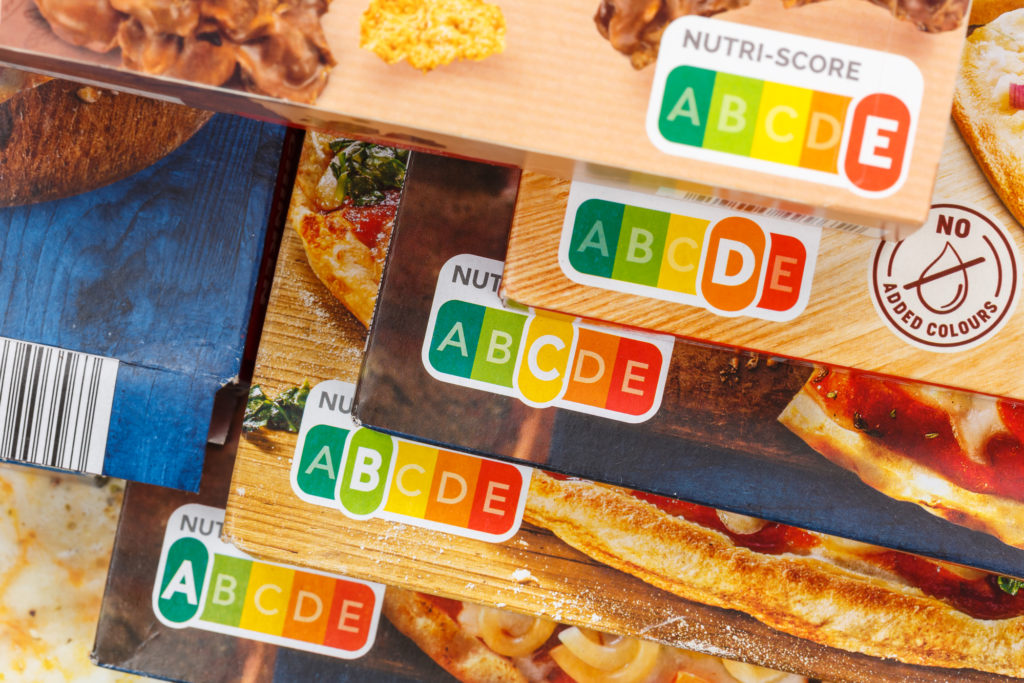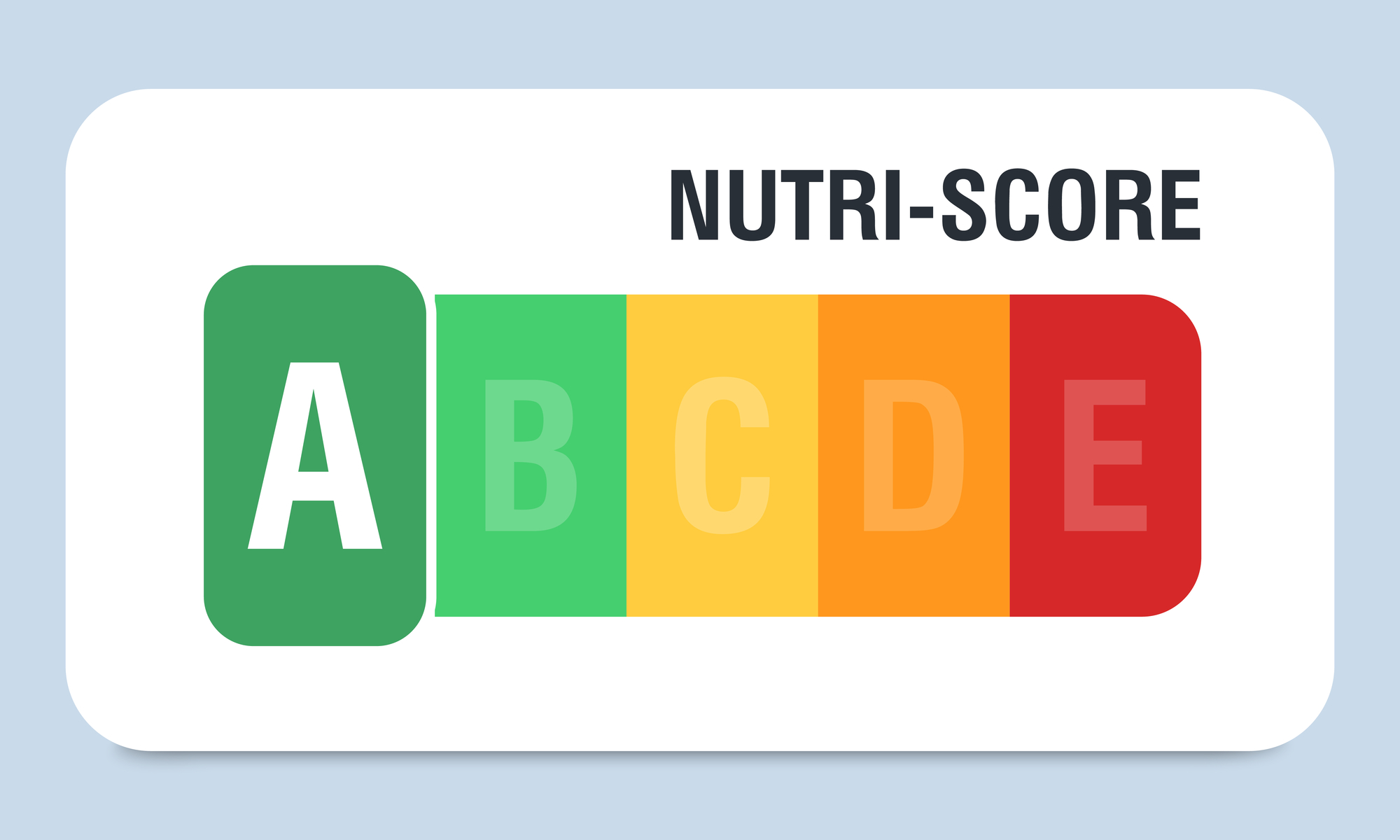The Nutri Score continues to evolve, and to discuss. Introduced in France in 2017, the system is based on an algorithm that assigns a score ranging from -15 for the healthiest foods to +40 for the least healthy ones, and which translates into one of five letters, from A to E, and in a color ranging from dark green to bright red This algorithm, which was already updated in 2022 in its general setting, has now been further revised for some drinks, based on the indications of the dedicated international scientific committee, which includes experts from France, Belgium, Germany, Luxembourg, the Netherlands, Spain and Switzerland. The adjustment, which came into force at the end of March, affects milk in all its forms, vegetable drinks sold as substitutes (both categories previously assigned to food), and soft drinks sweetened with non-caloric sweeteners.
As he relates FoodNavigatoraccording to the new classification, water is the only drink that manages to obtain the letter A (as it has always been), while the B distinguishes only some drinks with very little sugar (less than 2 grams per 100 millilitres): all other sodas that contain sugar end in D or E. Vegetable drinks based on rice, oats, soy, which on average contain between 9 and 16 grams of sugar per 100 ml, obtain, in most cases, a C, sometimes a B and, more rarely, a D. They do not it goes better with fruit juices which, despite containing vitamins and salts, do not go beyond the C or D, again due to the sugar content.
With regard to cow’s milk, the highest score is that of skimmed or semi-skimmed milk, which falls under B, while whole milk only reaches C due to fat content; animal milk often gets worse scores, because it almost always contains more fat. Application to sweetened and flavored products is desirable, several experts point out, because as long as they were in the food category, they often managed to get an A or a B, despite containing high amounts of sugar and being, at times, at all ultra-transformed effects. With the new algorithm this should no longer happen: they should all be D/E or at most, in the best cases, C. The same goes for drinking yoghurts and fermented milk drinks: apart from natural ones, almost all will lose the A, to pass directly to the C, when not to the D/E. Finally, soluble coffee, chocolate and chicory also enter the category, which will follow the same rules and will be subjected to the same assessments as drinks if their nutritional declaration is expressed per 100 ml of drink as it is consumed, i.e. after adding the powder in water or milk.
Just the part relating to milk, however, is the one that has aroused the most perplexity, because it is feared that it discourages consumption which, on the contrary, is always strongly recommended. In reality – the members of the Committee replied – it is important that people are more aware of the fact that all flavored milk- or yoghurt-based drinks and substitutes contain significant (indeed, sometimes high) quantities of sugars, and that the the best milk is the low-fat one.

On this particular one category, extended to cheeses, there was also a great debate in the Netherlands, a country that has just established the date for the entry into force of the Nutri-Score on the labels: January 1, 2024. The decision, again according to FoodNavigator has been more painful than in other countries, because all the guidelines, up to now, have always been illustrated by the ‘Wheel of five’ (Wheel of Five), developed in 1952 and periodically adapted to the principles indicated at the international level. However, according to some nutritionists, the Nutri-Score would partially conflict with it: for example, it would be too positive with refined flours and too negative with olive oil, compared to what has always been passed on to the Dutch. Problems which, however, were overcome with the first change to the algorithm.
Even according to one study published in August 2022 (therefore based on the old Nutri-Score algorithm) and conducted by comparing the classification of 124 very popular products, it would be preferable to adopt a method called Choices (Choices). In reality, these are very different things: the Wheel of Fiveas well as the system Choices, are recommendations that concern the relative composition of the entire diet, while the Nutri-Score provides information on individual products, and one system does not exclude the other. For example, eating frozen pizza is never recommended, but if you decide to do so, the Nutri-Score can help you choose the best one. Similarly, in the first two systems we speak generically of fish, but this term includes very different products, ranging from fresh to frozen ones to those in oil, whole or in pieces, canned or fresh, and the Nutri-Score , which evaluates them from A to E depending on the case, helps to understand which is the best choice, from a nutritional point of view. But in the Netherlands, the 13 producers associated with the Dutch Dairy Association, which processes 98% of Dutch milk, have been protesting for months, arguing that about a third of products will suffer a downgradingthat about a quarter of the products admitted to the wheel today will have negative letters, and that this will generate a lot of confusion among consumers.

even more extreme, finally, the attitude of the Romanian government, which has openly sided with the meat producers and the owners of large-scale retail trade, by passing a ban on the affixing of the Nutri-Score last September, which definitively entered into force on May 1st . The decision also gave rise to paradoxical consequences, such as the rush to sell off the hundreds of products that many shops and supermarkets had begun to label with the Nutri-Score years ago.
The European Association of consumers BEUC, which brings together 46 associations from 32 countries, branded the provision as reckless, because it not only deprives consumers of essential information, but also leaves producers in a regulatory vacuum that could be harmful above all for themselves. However, the chaos should end within the year, when the European Union will take a definitive position on the Nutri-Score and on what the labels of the packaging of food products must contain, if they are to be marketed in Europe.
© All rights reserved. Photo: Depositphotos, AdobeStock
We are an independent journalist site with no publisher and no conflicts of interest. We have been dealing with food, labels, nutrition, prices, alerts and safety for 13 years. Access to the site is free. This is possible also thanks to the readers who follow and support us every day. Support us too, just a minute.
Donate now
1
Agnes Codignola – 9 Maggio 2023
